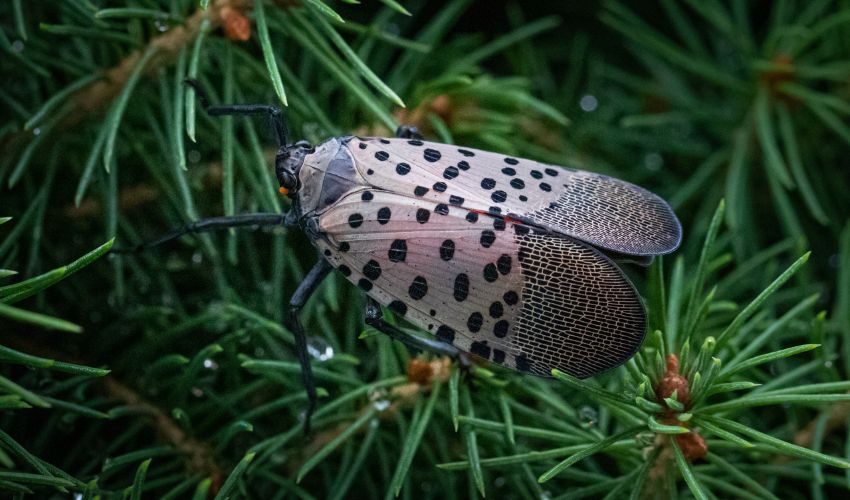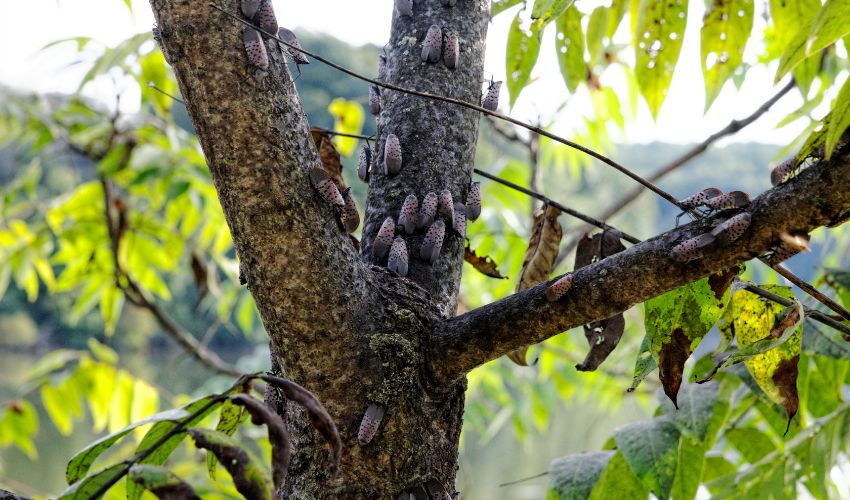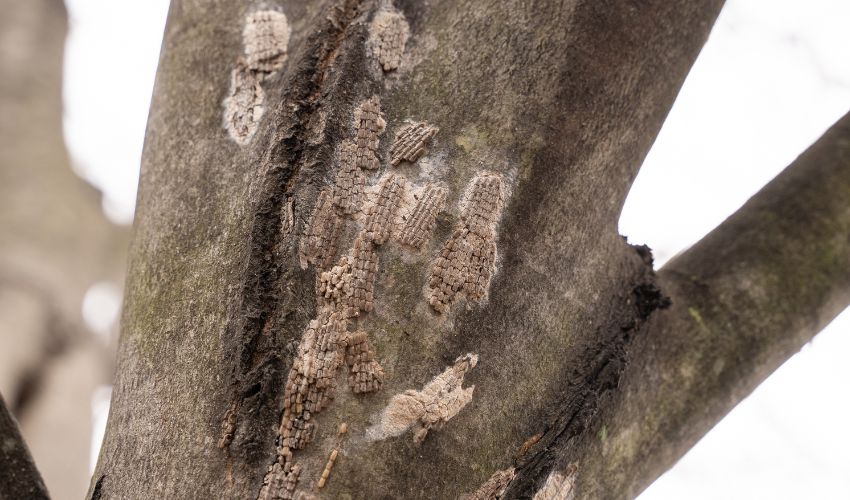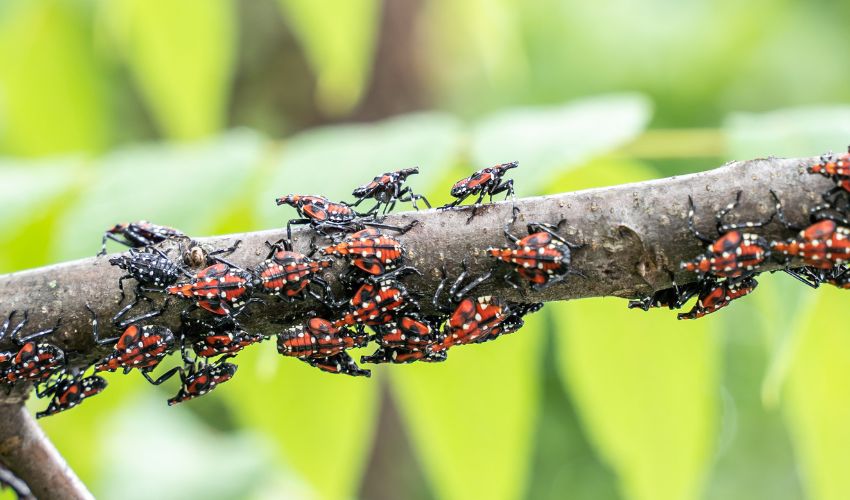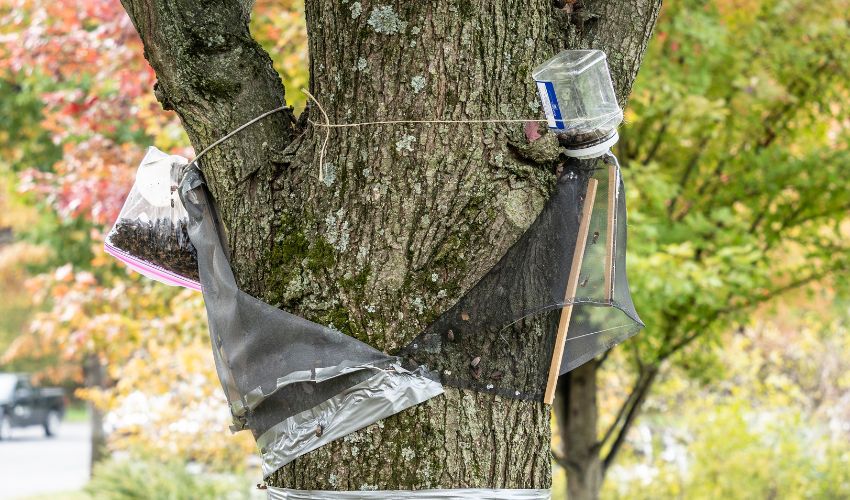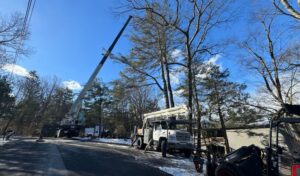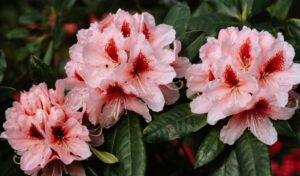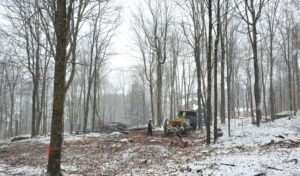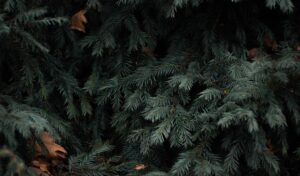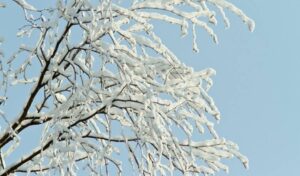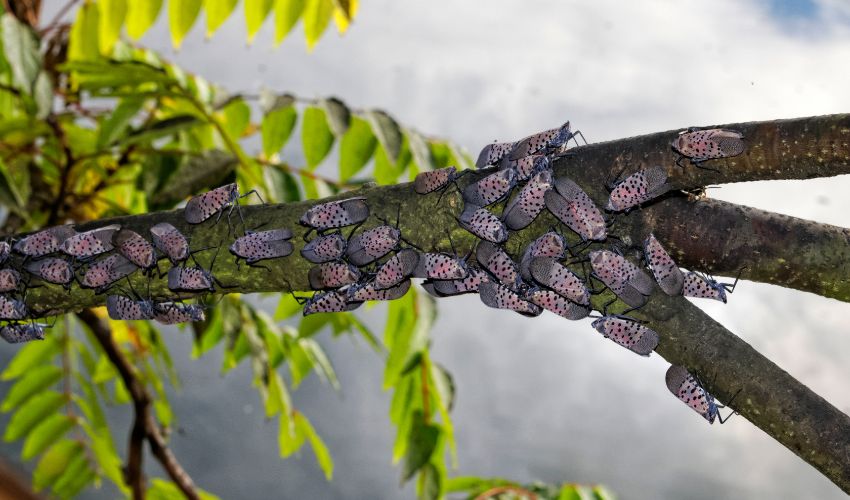
News of spotted lanternflies has spread almost as quickly as the insect itself. Whether or not you have already seen this invasive (and annoying) insect in person yet, we bet that you’ve heard about it. In this article, we answer some of your most common questions about spotted lanternflies in New York, including how to recognize them, why they are spreading so quickly, and what you can do to help.
Read the questions and answers below and click on any links for even more resources on spotted lanternflies.
Why am I hearing so much about spotted lanternflies? Are they really that big of a deal?
As the invasive insect spotted lanternfly (SLF) has spread across the U.S., so has news of its destructive nature and instructions to stomp on any in sight. You may have read about spotted lanternflies in the news, heard of apps to track how many were destroyed, or even seen comedy sketches about its ability to produce thousands of eggs.
Why is there so much being said about the spotted lanternfly? Because it can wreak havoc here. It has already impacted plant and tree health, is a nuisance (it’s never fun to walk into a swarm of flying insects), and can potentially ruin beer and wine production thanks to its love of hops and vines.
How can I recognize spotted lanternflies?
Spotted lanternflies have several life stages and look different during each of those stages.
Most people can most easily recognize SLF adults. They look like moths and have distinctive markings on their body and wings and are most often seen from July through December.
Look for an insect that is around an inch long and has outer wings (the ones you’re most likely to see) with black dots and a pink hue. If the wings are outstretched, you’ll see forewings that are gray with black spots and then red with black spots. The upper portions are dark with a white stripe.
Adults will often swarm a tree or structure as a group, so you’re most likely to see many spotted lanternflies together.
Nymphs are smaller (1/4 to ¾ inch) and black with white spots or red with black and white spots. You’re most likely to see these young insects from April through October. They don’t yet have wings, so they move by hopping or jumping, usually from a tree branch to the ground. They will feed on some plants and trees, so they can be damaging at this stage.
Egg masses are easily missed but are the primary way that spotted lanternflies move to new areas, so it’s important to know how to spot and recognize them. Check for shiny gray blobs on tree trunks, outdoor furniture, vehicles, containers, or any flat surface. The egg masses become less shiny over time and can often blend into surroundings.
>>Here’s a helpful video about spotting egg masses
Spotted lanternflies lay eggs from late summer to early fall, so the best time to check for egg masses is September through May.
Do spotted lanternflies harm humans?
No, they do not bite or sting, so there is no threat to you or your pets. They feed only on plants and trees.
Which of my trees or plants could SLF impact?
Tree-of-heaven (Ailanthus) is the favorite food item for spotted lanternflies, but they will also feed on:
- Black walnut
- Maple (especially red and silver maple)
- Willow
- River birch
- Black cherry
- Tulip poplar
- Sumac
- Other trees
This invasive insect also really loves grapevines. Vines can become weak or die due to spotted lanternflies feeding on them.
Spotted lanternflies have been recorded feeding on over 70 different plant species, including fruit trees, rose bushes, perennials, and some garden herbs.
Spotted lanternflies extract and feed on the sap of trees and plants and leave behind a sticky substance called honeydew, which can attract other pests. The honeydew can also grow sooty mold fungi.
If a tree is already weakened from the loss of sap and is then attacked by a tree pest, there can be detrimental results. Wasps and ants are drawn to honeydew as well, which can impact your time outdoors.
>>See some of the damage spotted lanternflies have already done to trees, plants, and properties
How is the spotted lanternfly different from other “bugs”?
Spotted lanternflies are invasive, meaning that they did not originate here, but in Asia. Because they traveled to the U.S. (it’s suspected that they hitched a ride on a shipment of stones), they can spread and reproduce without fear of natural predators.
With no predators to quell the population growth, this insect has already expanded from Pennsylvania (first spotted in 2014) to much of the east coast, including New York.
They are expected to continue spreading across the United States and North America as they have proved difficult to eradicate or even contain.
What should I do to stop this invasive pest?
Because spotted lanternflies are not native to our area, the only predator of this pest is us – humans.
However, we’re also responsible for helping this insect spread to new areas, thanks to its hitchhiking ability (and propensity to lay eggs on any smooth surface).
Some things you can do to prevent the spotted lanternfly from spreading further include:
- Before you travel anywhere, check your vehicle and any cargo for spotted lanternfly egg masses. They can camouflage easily, so check carefully! Scrape off and destroy any egg masses that you find – you can put them in a plastic bag with rubbing alcohol or hand sanitizer and throw the bag in the trash. If the egg mass is too high for you to reach, don’t attempt to reach it! Contact a professional for anything over 10 feet.
>> Here’s a helpful checklist of places to check for hitchhiking spotted lanternflies - Learn how to recognize spotted lanternflies during all life stages, and report any seen outside the known range. Take a photo, note the location, collect the insect(s) (if possible), and report via:
- New York Spotted Lanternfly Sighting Report Form
- Emailing pictures and location to spottedlanternfly@agriculture.ny.gov
- Check if you have Tree-of-Heaven growing on your property. This tree is considered invasive and should be removed anyway. Contact Hill Treekeepers to assist with this or any tree removal.
- If you have any black walnut tree saplings growing on your property, take extra care to protect them. If a large enough infestation of spotted lanternflies feeds on your young tree, they could kill it.
- Construct a homemade “circle trap” if spotted lanternflies are swarming your property.
- Follow any SLF quarantine restrictions for your area.
- PennState Extension has a variety of SLF resources to help the public in the spread of the spotted lanternfly.
- Stomping on any spotted lanternflies that you see may seem like a simple solution, but it is effective.
- Volunteer for New York State to find spotted lanternfly populations and tree-of-heaven plantings.
What else is being done to stop spotted lanternflies from spreading and destroying crops, forests, and neighborhoods?
As of the writing of this article, there is no official treatment for spotted lanternfly infestations. However, there may be one in the future. Following the steps listed above can help to control the spotted lanternfly population at this time.
Contact Hill Treekeepers if you have any questions about this pest, any other tree pest, or how you can keep your trees healthy with tree health management services.
Share this online!
Get the highest quality of tree services for residential and commercial properties in the Hudson Valley area. We look forward to working with you!
TOPICS
Recent Articles
Don't Miss the Next Update!
Join the thousands of smart Hudson Valley residents who get the monthly newsletter from Hill Treekeepers. It's full of helpful information you won't want to miss!

